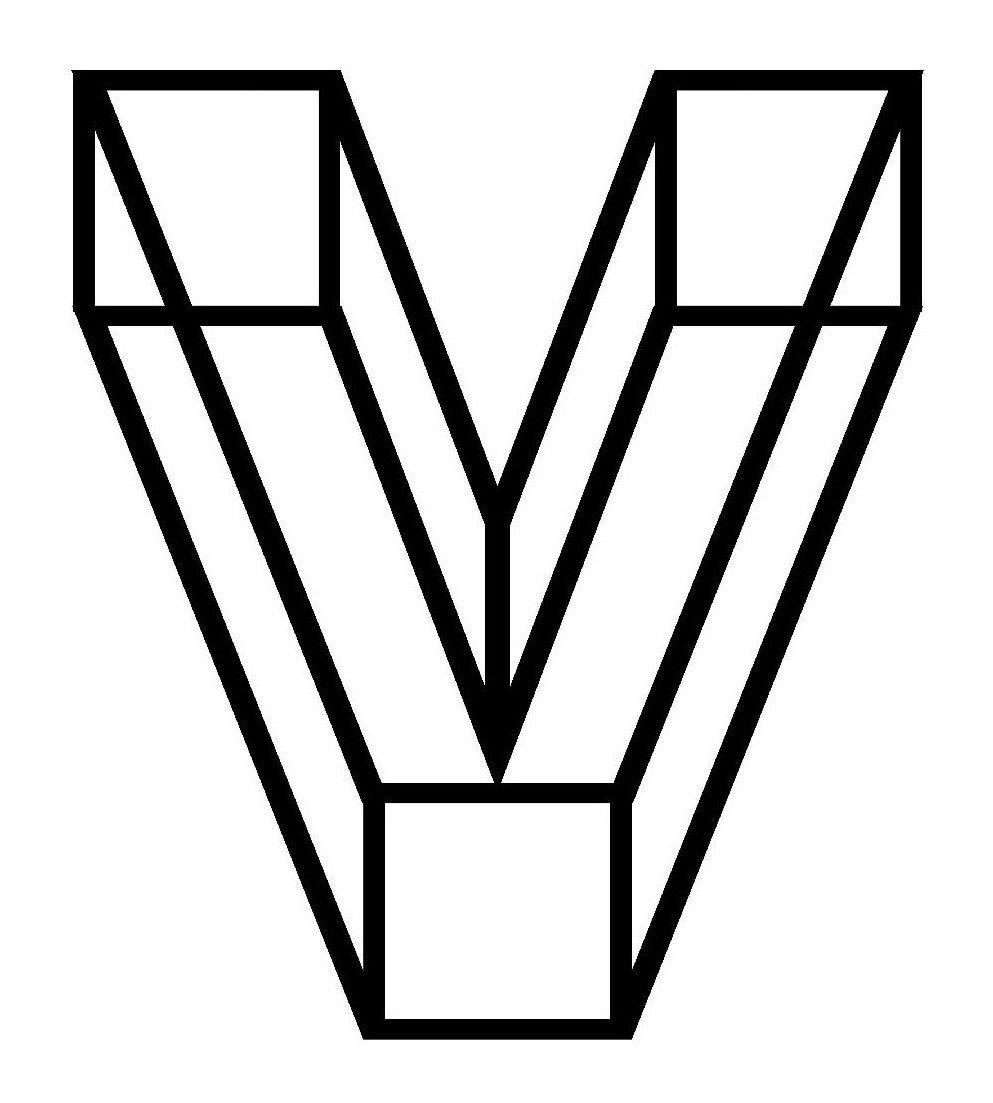| >> Read all Thomas's reviews. | |
 | The Dominant Animal by Kathryn Scanlan {Reviewed by THOMAS} He was careful not to write a review that was longer than the stories in the book he was reviewing, but he was uncertain how he could do this. Uncertain seems more of an introspective word than careful, for some reason, and is therefore unsuitable for use in a review of a book which contains no introspection, or at least displays no introspection. This is not to say that the characters are not propelled by forces deep below the surfaces of their appearances, they are propelled entirely by such deep forces, unconscious compulsions, so to call them, we all have them, or similar ones, but these are not manifest in anything but action, action and appearances also, both austerely told, or seemingly so, briefly, directly, barely, or something to that effect, each of the forty stories, he thinks it is around forty stories, told like a folk or fairy tale, without anything unnecessary, without elaboration, like a folk or fairy tale in which someone, the narrator, so to call her, is trapped in the first person. Folk and fairy tales are never told in the first person because the first person is a trap, or trapped, there in the mechanism of the story, told in the past tense, unalterable, and, like fairy tales, Scanlan’s forty stories are about the relations of power, as the title suggests, about the struggle for dominance that is the basis of all stories. All that happens happens as if by instinct, or by reflex, awareness lags, is only good for telling a story and only in the past tense, and, as with all stories, as with all relations of power, as with all struggles for dominance, everything in the past tense is at once horrible and ludicrous. And the same goes for the present. The horrible is ludicrous, the ludicrous is horrible, there are no other modes of being. All other modes are modes of non-being, if there are other modes, he supposed, fictional modes, perhaps, but he was not sure. That which we see in animals, the tooth-and-nail struggle, so to call it, the immediacy of all response, the inescapability of all compulsion, the way of nature, the cruelty, so to call it, what we call cruelty, is mainly true of us, he thought, without introspection he hoped, that which we affect to see in animals we see only of ourselves, is not apt of animals, who in any case have the advantage over us of seldom being capable either of deception or of self-deception. Just like objects, he thought, Scanlan gives objects the same agency as persons, not by giving agency to objects but by removing it from persons, or by recognising its absence, persons are just objects moving in rather complex ways, scudded on by some force, momentum, compulsion, whatever, but no freer to be otherwise or do otherwise than an object thrown at a wall, notable primarily through the effects of our velocity. Scalan is master of the velocity of her prose, honed to sharpness, careful, devastating, puncturing the imposed limit of the conscious to deliver the reader precisely at the point where rationality, or what passes by that name, flounders in what lies beyond, behind, beneath, or wherever, the point where the unsayable is both revealed and annulled. Think Fleur Jaeggy, Lydia Davis, Diane Williams, he thought, these authors share a sensibility both verbal and incisive, but Scalan’s sentences are no-one’s but her own, she who ends a story, “I watched the man drive away in his glossy, valuable car and prayed he might be met with some misfortune. Due to a major failing — the pathological poverty of my imagination — I could not call to mind anything more specific than that.” |
